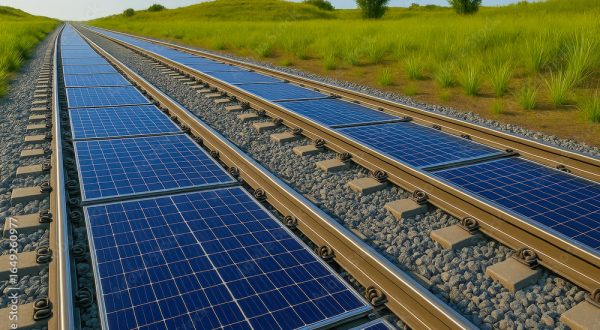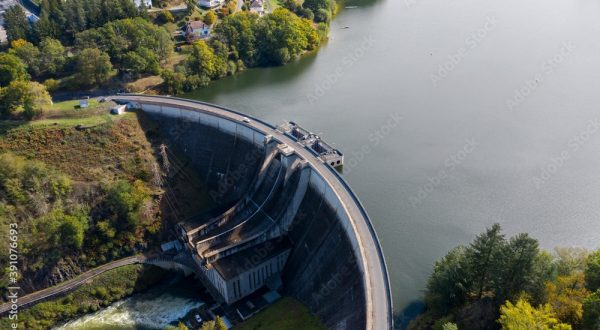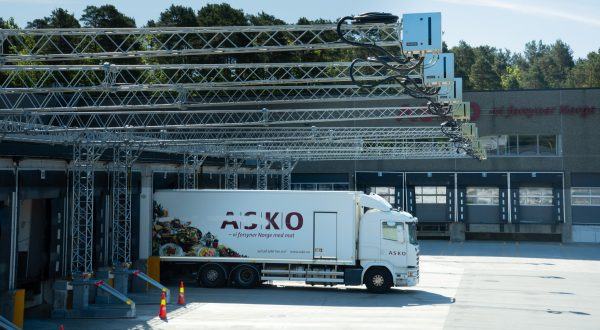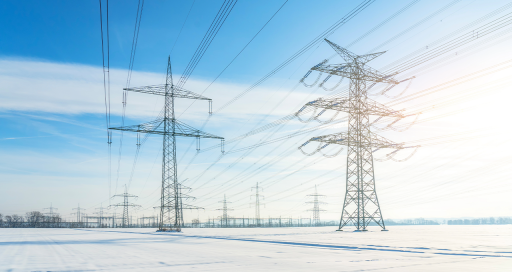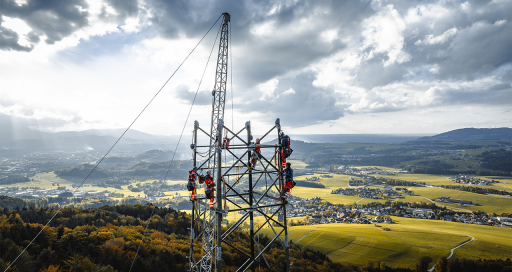Potentially sub-Saharan Africa’s second-largest hydroelectric producer, Cameroon is continuing work to connect up its infrastructure. Omexom constructed a link to help increase the network’s reliability and bring electricity to around 150 localities in the East Region of Cameroon.
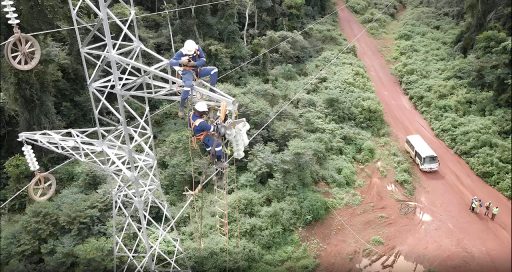
Six million people in sub-Saharan Africa lack access to electricity – 43% of the region’s population. The United Nations have made increasing the proportion of renewable energies in the energy mix a support priority for the subcontinent, and the governments concerned have implemented strategies to reduce their dependency on fossil energies.
Cameroon, which has huge numbers of households, mostly in rural areas, not yet connected to the grid, is targeting universal access to energy by 2035.
Tapping the country’s hydroelectric potential is a key component of the roadmaps defined by ministers in Yaoundé. Cameroon has the potential to be the second-largest hydroelectric producer in sub-Saharan Africa, with large-scale infrastructure such as the Song Loulou power plant and the facility attached to the Lom Pangar Dam and reservoir in the country’s East Region, an area particularly poorly served by the network.
150 localities electrified
Universal access to electricity will require significant work to create connections between infrastructure across the entire region. For example, in 2023, the 31 MW Lom Pangar power plant was connected to a 90/30 kV transformer substation in the town of Bertoua. The state-owned Electricity Development Corporation (EDC) jointly assigned Omexom Cameroon and Omexom Morocco to this sizeable project worth €14 million. The aim of this interconnector is to enhance network reliability and electrify around 150 localities.
Cameroon is targeting universal access to energy by 2035
As Arnaud Allix, Business Unit Manager at Omexom Cameroon, explains, “Our mission was to perform the studies, manage the civil engineering works, and build a 90 kV high-voltage line 105 km long and some 30 metres across. And in a highly unusual environment, because from end to end, the work was deep in the rainforest, two days’ drive from the nearest supply port.”
It took around five years to prepare the project, and less than two years’ work to construct the 366 towers for the line, pull the conductor cables, and create a fibre-optic link between the power plant in Lom Pangar and the substation in Bertoua. Managed by a project team of 30, the work required up to 150 operators at a time.
The benefits of cooperation
“The cooperation between Omexom Morocco and Omexom Cameroon was a major selling point in winning a contract of this size,” says Arnaud Allix, Business Unit Manager at Omexom Cameroon. “The Moroccan teams were able to demonstrate project experience that we didn’t have, and also enabled some of our employees to enhance their technical skills, which we can now emphasise to good effect in local calls for tender.”
09/12/2024
